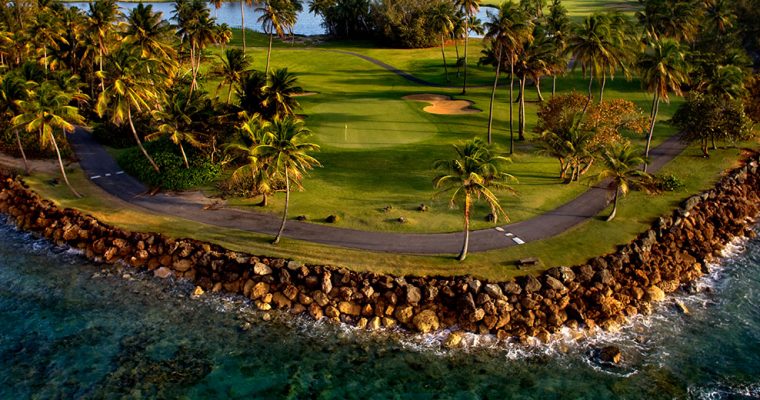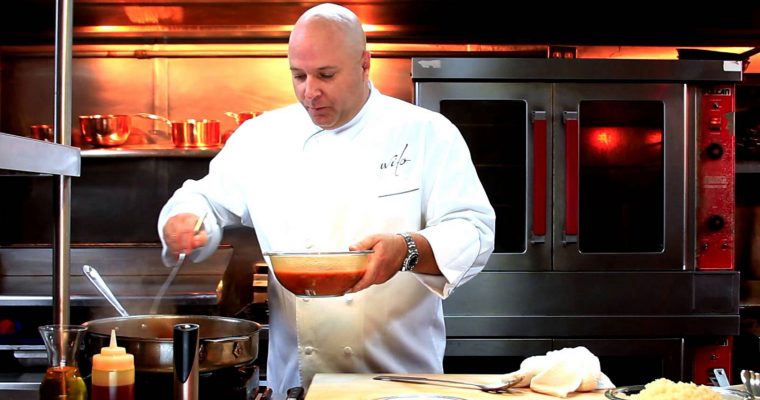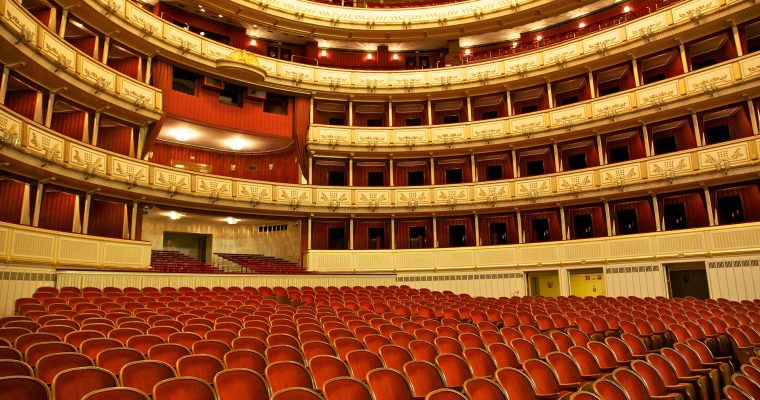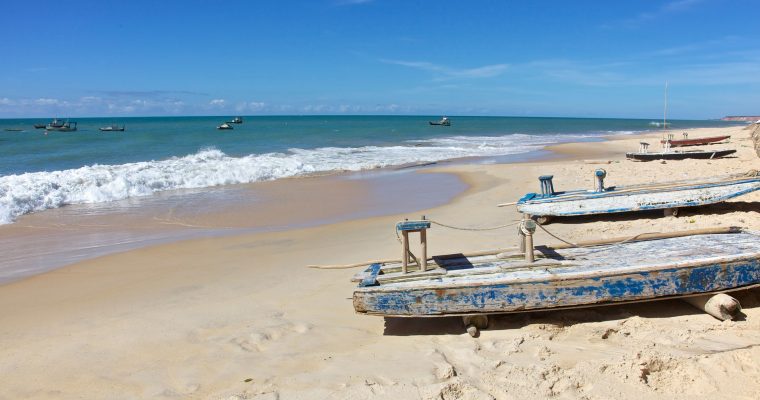When I was still in school (and before I was of a drinking age), I opted to do my week of compulsory “work experience” in a local vineyard.
I had no intention of going into the wine industry, but there was something that captivated me about it – the idea that you could toil in the brown earth and emerge with something that brought so much warmth to life.
Sweeping viticultural landscapes always seem to have a special allure in a way that rows upon rows of other crops (say cabbages) just don’t, and the Cape Winelands in South Africa are among some of the most sublime in the world.
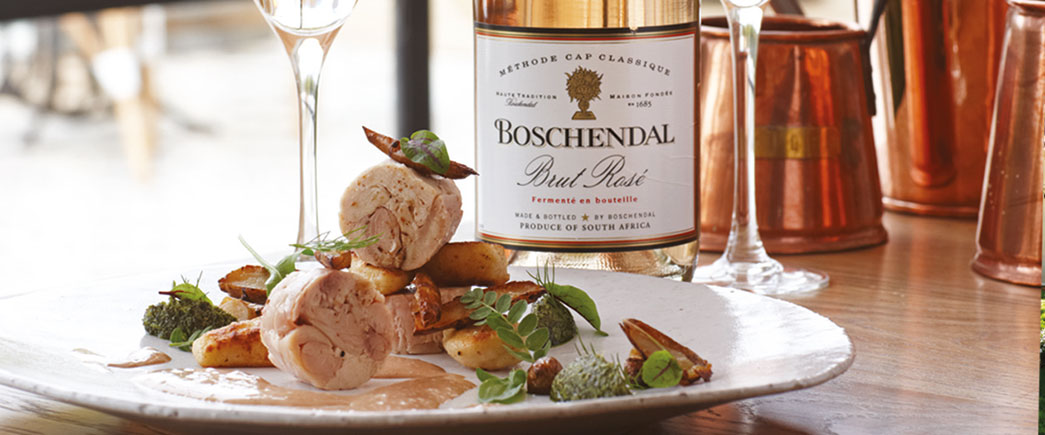 It is no secret that South Africa produces exquisite wines, but until you visit the regions which have made it so famous, the striking beauty of their winelands remains a mystery. Emerging from Cape Town’s sprawling northeastern suburbs, the vistas open out into expansive rural scenes, backed by rugged peaks and dotted with white-washed Cape Dutch farm houses.
It is no secret that South Africa produces exquisite wines, but until you visit the regions which have made it so famous, the striking beauty of their winelands remains a mystery. Emerging from Cape Town’s sprawling northeastern suburbs, the vistas open out into expansive rural scenes, backed by rugged peaks and dotted with white-washed Cape Dutch farm houses.
My travel companion and I had a week to explore the Cape Winelands region, which stretches from Constantia, a short 20 minute drive from Cape Town, to the northern reaches of Witzenberg, and Langeberg in the east. It includes 18 different wine-touring routes, each taking in the gastronomic offerings that the land here yields. Stellenbosch was high on our list, as with many oenophiles, but we also had plans to visit the former French Huguenot town of Franschhoek and the less-visited rural gem of Robertson, both producing equally revered wines. We were armed with countless recommendations from family and friends, but also hoping to wander where the wind took us and find some unexpected gems along the way.
The Uncorked Charms of Stellenbosch
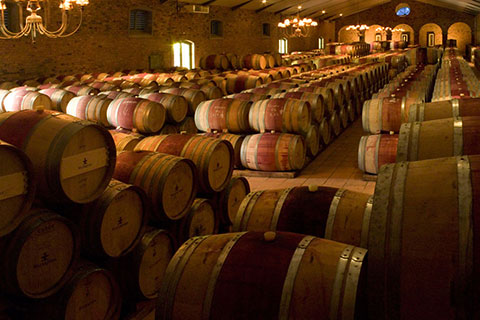 Waterford Estate 4It’s difficult to not be impressed by Stellenbosch’s charm as you enter through its historic streets. Situated on the banks of the Eerste River, it was founded in the late 17th century and the first grapes were planted soon after, blossoming into the country’s premier wine growing region. Its Mediterranean climate and fertile soils produce South Africa’s most lauded wines that draw thousands upon thousands of tourists to this university town every year.
Waterford Estate 4It’s difficult to not be impressed by Stellenbosch’s charm as you enter through its historic streets. Situated on the banks of the Eerste River, it was founded in the late 17th century and the first grapes were planted soon after, blossoming into the country’s premier wine growing region. Its Mediterranean climate and fertile soils produce South Africa’s most lauded wines that draw thousands upon thousands of tourists to this university town every year.
Ranking at the top of the most difficult decisions we had to make in South Africa was choosing which of Stellenbosch’s countless wineries to visit. We solved that problem by signing up for one of many guided wine tours, which also ended the argument over who would be the designated driver.
We first visited the Warwick Wine Estate, touring the vineyards in an old Land Rover on their Big Five Wine Safari, accompanied by a sommelier who compared each of their grape varieties to a ‘Big 5’ animal. Their “trilogy” red, blending cabernet sauvignon, cabernet franc and merlot was a particular favorite, perfect while feasting on tapas and taking in the breathtaking views from their vineyards.
Waterford Estate was another standout with a tasting that paired their shiraz and cabernet sauvignon with hand-crafted chocolates. For a lover of red wine and someone with a real sweet tooth, this was a sublime way to wile away the afternoon!
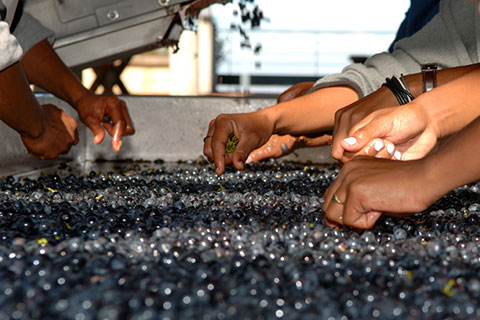 Another day we drove up to Tokara, a winery and olive farm which boasts a stunning location on the Helshoogte Pass, with views across Stellenbosch and False Bay. The restaurant here had come on recommendation by friends and didn’t disappoint, with its exceptional food and setting. Their seasonal menu features modern South African cuisine which is perfectly complemented by Tokara’s wines, combining to create our most memorable dining experience within the country.
Another day we drove up to Tokara, a winery and olive farm which boasts a stunning location on the Helshoogte Pass, with views across Stellenbosch and False Bay. The restaurant here had come on recommendation by friends and didn’t disappoint, with its exceptional food and setting. Their seasonal menu features modern South African cuisine which is perfectly complemented by Tokara’s wines, combining to create our most memorable dining experience within the country.
Taking a break from wine tasting (but not alcohol consumption), we spent one afternoon at the Stellenbrau Brewery, a local craft-beer brewing company. Their guided tour delved into all aspects of beer production and the art of creating a good boutique beer, followed by a guided tasting that highlighted the subtler elements of an excellent brew.
While Stellenbosch’s gastronomy scene is world-renowned, we had also heard it was home to a number of excellent art galleries, with exhibitions of both local and international artists. Armed with a city map, we toured the contemporary collection at the D-Street Gallery, set within a beautiful historic building, as well as the SMAC art gallery whose sister studio we had also visited in Cape Town. But the standout for me was the Rupert Museum, located in a magnificent Cape Dutch residence, surrounded by vineyards, and exhibiting captivating work by some of South Africa’s most noted artists.
Vive le Franschhoek
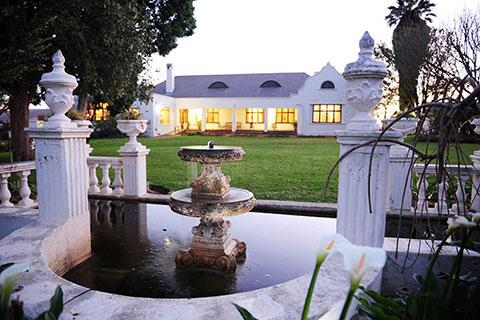 With so much culinary and artistic culture on offer, it was hard to pull ourselves away from Stellenbosch, but, assured that more awaited, we eventually headed east to the town of Franschhoek. Nestled in the Berg Valley, it is backed by mountains once known as Oliphants Hoek for the herds of elephant which once passed through the region.
With so much culinary and artistic culture on offer, it was hard to pull ourselves away from Stellenbosch, but, assured that more awaited, we eventually headed east to the town of Franschhoek. Nestled in the Berg Valley, it is backed by mountains once known as Oliphants Hoek for the herds of elephant which once passed through the region.
Franschhoek translates as “French Corner,” so-called by the Dutch after the French Huguenot refugees who were offered land and settled here in 1688. Roads diverged from our main route leading to vineyards bearing French names, many of which have retained their original Cape Dutch houses. The town itself has been beautifully preserved in its original state, with excellent restaurants, cafes and museums exhibiting the legacy of Franschhoek’s first settlers.
I have a very soft spot for pralines and before we hit the wine trail, we stopped into a local Belgian patisserie known as “Huguenot” for which we had read rave reviews. Needless to say, it satisfied all my wildest praline dreams, and we departed with chocolate supplies for as long as I could resist the urge to devour them.
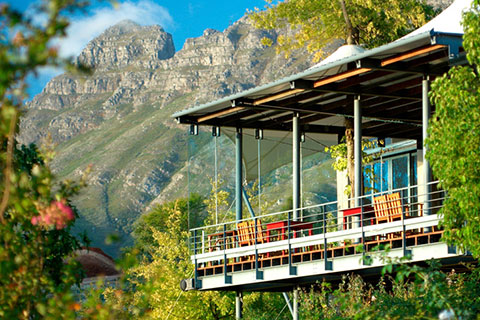 We had also read extensively about La Motte and their award-winning wines before embarking on this trip and made a point of visiting their stunning vineyard in the Franschhoek Valley. I love shiraz and we opted for their shiraz tasting experience that explored the use of different ingredients in creating distinctive tastes, together with how shiraz differs depending on the environmental factors throughout its growth.
We had also read extensively about La Motte and their award-winning wines before embarking on this trip and made a point of visiting their stunning vineyard in the Franschhoek Valley. I love shiraz and we opted for their shiraz tasting experience that explored the use of different ingredients in creating distinctive tastes, together with how shiraz differs depending on the environmental factors throughout its growth.
We also visited the much-hailed Boschendal Winery in the Groot Drakenstein Valley not far from Franschhoek. Wine production here dates back to the 17th century when Franschhoek was first settled and its Manor House Museum and extensive landscaped gardens were not only a beautiful setting to taste their award winning wines, but also be immersed in the local Huguenot history.
Robertson’s Recent Vintage
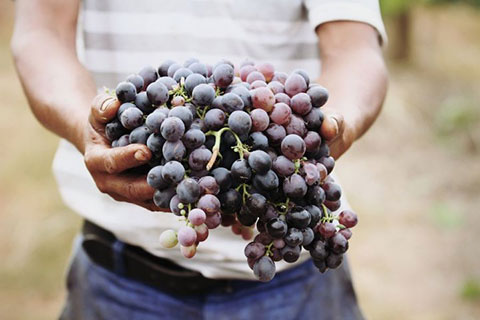 The following day we traveled over the spectacular Franschhoek Pass and east along Route 62 towards Robertson. Settled in the mid 19th century, the wine industry here does not have the extended history of Stellenbosch or Franschhoek, but we had heard that great things were happening in this more remote corner of the Cape Winelands.
The following day we traveled over the spectacular Franschhoek Pass and east along Route 62 towards Robertson. Settled in the mid 19th century, the wine industry here does not have the extended history of Stellenbosch or Franschhoek, but we had heard that great things were happening in this more remote corner of the Cape Winelands.
We visited one of the oldest wineries in the region, the Rietvallei Wine Estate, situated just outside of town en route to South Africa’s spectacular semi-desert region known as the Little Karoo. We were particularly impressed by their cabernet franc and the discovery that, unlike in Stellenbosch, the tastings in Robertson were complimentary.
But the highlight was Excelsior Estate, where we blended, bottled and corked our own wine (with a few tips from their skilled professionals), then sat sipping our creation on the edge of their dam, backed by the spectacular Langeberg Mountain range.
The following day we ventured to the base of Langeberg and the Montagne Deli in Bonnievale. We had heard this was the place to come for exquisite cheese from La Mont, and we devoured a platter whilst sipping on local Van Loveren sauvignon blanc.
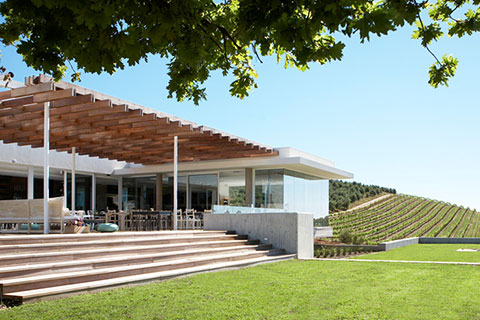 Whilst chatting with a couple there we discovered that not only were the Cape Winelands scattered with wineries, but that brandy had been distilled throughout the region for years. They pointed us in the direction of Klipdrift Distillery where we took a guided tour of their long-established operation, then sat in a cosy tasting room sampling their sweet gold whilst uncovering countless brandy-based recipes.
Whilst chatting with a couple there we discovered that not only were the Cape Winelands scattered with wineries, but that brandy had been distilled throughout the region for years. They pointed us in the direction of Klipdrift Distillery where we took a guided tour of their long-established operation, then sat in a cosy tasting room sampling their sweet gold whilst uncovering countless brandy-based recipes.
You can stay weeks in the Cape Winelands and only scratch the surface of the region’s gourmet food and viticultural offerings, and as much as we would have loved to do just that, there was an entire South Africa for us yet to explore.
We headed further east on the famed Route 62 towards Oudtshoorn and into the country’s rural heartlands, our rental car filled to the brim with bottled souvenirs of the Cape Winelands. In the days that followed, each bottle uncorked memories of the sweeping viticultural landscapes we’d witnessed, the gourmet delicacies we’d sampled, and the people we had encountered along the way whose hearts and souls were ingrained in this land.
If You Go…Cape Winelands
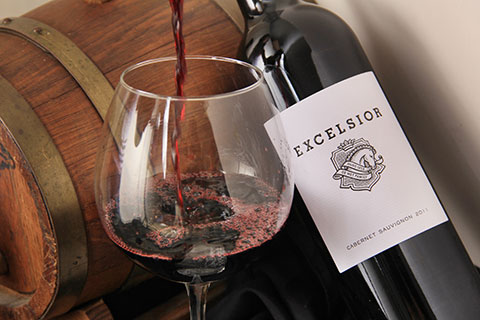 The Cape Winelands region is the source of many legendary South African wines, the produce of row upon row of grapevines, many of which were first planted hundreds of years ago.
The Cape Winelands region is the source of many legendary South African wines, the produce of row upon row of grapevines, many of which were first planted hundreds of years ago.
Its classic Cape-Dutch homesteads, mountainous surrounds, grand heritage and sumptuous restaurants have earned the Cape Winelands the right to call itself South Africa’s culinary capital.
For help in planning a trip to the region, visit:
The Cape Town official tourism site at: www.capetown.travel/content/page/cape-winelands or www.winelands.co.za
Boschendal Winery
Pniel Road, Groot Drakenstein, Franschhoek
Open 10 a.m. to 4:30 p.m. daily
Phone: +27 (0) 21 870 4272/3/4/5
E-mail: reservations@boschendal.co.za
Website: www.boschendal.com
Rietvallei Wine Estate
Route 60, Robertson
Open Monday – Friday 8:30 a.m. to 5 p.m., Saturdays and holidays 10 a.m. to 2 p.m.
Phone: +27 (0)23 626 3596
E-mail: info@rietvallei.co.za
Website: www.rietvallei.co.za
Excelsior Wine Estate
Route 317, Ashton
Open Monday to Friday 10 a.m. to 4 p.m., Saturday from 10 a.m. to 3 p.m. Closed Sunday.
Phone: +27 23 615 1980
E-mail: info@excelsior.co.za
Website: www.excelsior.co.za
Klipdrift Distillery
4 Voortrekker Ave, Robertson
Open weekdays: 9am – 5pm, Saturdays and public holidays: 9.30am – 4.00pm, Sundays (October – April): 10am – 3pm
Phone: +27 23 626 3027
Website: www.klipdrift.co.za
Rupert Museum
Stellentia Avenue, Stellenbosch
Open weekdays 9:30 a.m. to 4 p.m., Saturdays 10 a.m. to 1 p.m.
Closed on Sundays and public holidays.
Phone: +27 21 888 3344.
E-mail: rupertmuseum@remgro.com
Website: www.rupertmuseum.org
Montagne Cheese and Wine Deli
Between Ashton & Swellendam, Ashton
Open Tuesday through Friday 9 a.m. to 5 p.m., Saturday 10 a.m. to 3 p.m., closed Sunday and Monday
Phone: 023 615 1929
E-mail: info@montagnedeli.co.za
Website: www.montagnedeli.co.za
Warwick Wine Estate
On R44 between Stellenbosch and Klapmuts
Open daily
Phone: 27 21 884 4410
Email: info@warwickwine.com
Website: www.warwickwine.com
Waterford Estate
Blaauwklippen Rd, Helderberg, Stellenbosch
Monday to Friday 9 am to 5 pm, Saturday 10 am to 5 pm
Phone: +27 21 880 5300
E-mail: info@waterfordestate.co.za
Website: www.waterfordestate.co.za
Tokara Vineyard and Restaurant
Helshoogte Road, Stellenbosch
Open daily except Mondays
Phone: +27 21 885 2550
E-mail: wine@tokara.com
Website: www.tokara.co.za
Stellenbrau Brewery
The Woodmill, Vredenburg road, Stellenbosch
Open daily except Sunday
Phone: 021 883 3622
E-mail: sales@stellenbrau.co.za
Website: stellenbrau.co.za
D-Street Gallery
112 Dorp Street, Stellenbosch
Open Monday – Friday, 10 a.m. to 5 p.m., Saturdays 9:30 a.m. – 2 p.m.
Phone: +27 21 883 2337
E-mail: info@dstreetgallery.com
Website: www.dstreetgallery.com
SMAC Art Gallery
1st Floor, De Wet Centre, Church Street, Stellenbosch
Open Monday to Friday 9 a.m. to 5 p.m. Saturday 10 a.m. to 3 p.m.
Phone: +27 (0)21 887 3607
E-mail: info@smacgallery.com
Website: www.smacgallery.com
Huguenot Fine Chocolates
62 Huguenot Rd (Main Rd), Franschhoek
Open daily
Phone: +27(0)21 876 4096
E-mail: huguenot@wol.co.za
Website: www.huguenotchocolates.com
La Motte Wine Estate
R45 Main Road, Franschhoek
Open: Monday through Saturday, 9 a.m. to 5 p.m., cosed on Sundays and holidays
Phone: +27 (0)21 876 8000
E-mail: info@la-motte.co.za
Website: www.la-motte.com





